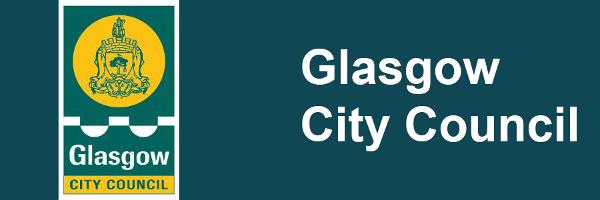Glasgow Green
Glasgow Green is a 55 hectares/136 acres site and is by far the oldest of the city's parks. It is situated within walking distance of the city centre, east of the Saltmarket.
The Glasgow Green was awarded a Green Flag in 2011. The Green Flag Award is the benchmark national standard for quality parks and green spaces.
Where is it?
What can I do there?
- Play village
- Local play area
- Major city events space
- Major footpaths and carriageways have lighting
- Network of asphalt footpaths
- Orienteering course
- Clyde viewing platforms
Also within the parks grounds you can find:
- People's Palace and Winter Gardens (currently closed)
- Glasgow Green Football Centre (subject to opening times)
- Public toilets:
- Play Village (subject to opening times)
When is it open?
The park is open at all times, specific facilities may vary, contact the appropriate facilities for further details.
History
In 1450, Bishop Turnbull gifted the common lands of Glasgow Green to the people of Glasgow. Initially it was used for washing, bleaching linen, grazing, drying fishing nets and for swimming. For centuries it functioned as the city's only green public open space. The park bears the thumbprint of many custodians and it was under their influences that the swampy flood plain crossed by the Camlachie Burn - in parts as wide as the Clyde - was converted into a levelled field/parkland.
Key Events on The Green
In recent centuries, events have taken place on the 'Green' that continue to touch the lives of millions worldwide. The following samples provide a taster:
- 1732 - The Washhouse, Glasgow's first 'steamie', is built in the middle of a field on the banks of the Camlachie Burn.
- 1745-46 - Prince Charles Edward Stuart (Bonnie Prince Charlie) arrives in Glasgow with his army, their clothing in tatters. Rather than have the city sacked, merchants provide them with new garments and a revitalised Prince Charles reviews his troops on Flesher's Haugh.
- 1831-32 - Massive demonstrations on the Green associated with the Reform Bill.
- 1830-1914 - The Green becomes a favoured meeting place of suffragettes.
- 1867 - Hundreds of thousands meet on the Green to hear about Gladstone's Reform Bill.
- 1888 - Sir Henry Doulton donates a terracotta fountain to the city. This is moved to the Green in 1890.
- 1889 - Templeton's Carpet Factory completed. The design of the façade is based on the Doges Palace in Venice. The façade collapses on 1st November 1889 killing 29 women and girls.
- 1898 - The People's Palace and Winter Gardens opens.
- 1920s - Football pitches and changing facilities appear on Flesher's Haugh.
- 1996 - Glasgow receives Heritage Lottery Award of £6.6m towards the £10.2m capital cost of renewal and revitalisation of the Green.
Outstanding Features
- The Doulton Fountain was moved to the Green in 1890 after the 1888 International Exhibition in Kelvingrove. Having undergone a £5m refurbishment the fountain has been relocated to the front of the People's Palace.
- The naval victories of Viscount Horatio Nelson are commemorated by the impressive grade A listed column erected by public subscription in 1806. This was the first monument in Britain to be erected in his honour.
- There are several notable monuments around the Green including:
- The Collins Fountain erected in 1881 by the temperance supporters of Sir William Collins.
- The impressive McLennan Arch designed by Robert and James Adam. The arch is a remodelling of the centre of the piano nobile of Robert and James Adam's 1890 Assembly Rooms, Ingram Street, as a triumphal arch. The building was demolished - and the arch was subsequently resited twice - the most recent being in 1992.
Related Content
Related Links




